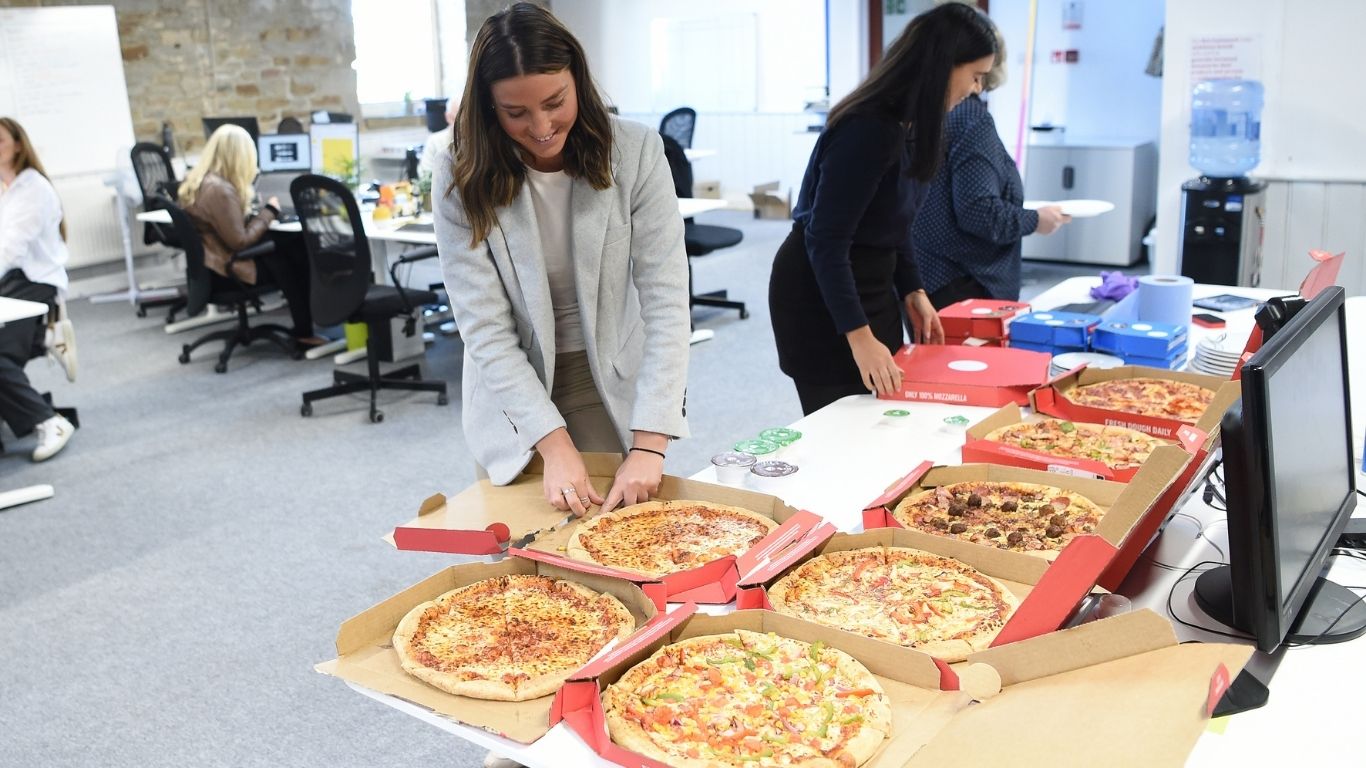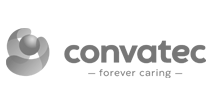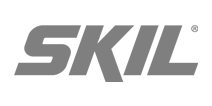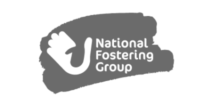
Google’s E-A-T is here-to-stay. How should it shape your SEO and content strategy?
Since the concept of expertise, authoritativeness and trustworthiness (E-A-T) was introduced into the SEO-sphere in May 2018, e-commerce has been struggling to work out what quality looks like in Google’s eyes – especially as E-A-T is so closely aligned with the Your Money or Your Life (YMYL) update that targeted e-commerce, finance and health or lifestyle sites.
You might be asking your marketing team (or your freelance copywriter) for great quality content. But if you haven’t formally addressed E-A-T in your strategy and measure it correctly for your KPIs, it simply won’t be working as well as it could.
So, if you want to improve your rankings and your conversions, and build better relationships with your audience using E-A-T theory, this is what you need to do – and keep on doing.
The three pillars of E-A-T
Expertise
What it is
Your expertise on a topic is judged by the quality of your content – the copy on your service pages and your blogs, the headline topic of your podcasts and videos.
How to do it
- Use SEO keyword research to inform you what your audience is searching for (not for the purposes of keyword-stuffing).
- Your content should meet these expectations and exceed it by providing extra information like context.
Example of E-A-T expertise:
One of our newer clients is the largest and most established operator in their sector. Competitors, however, were occupying featured snippets and top SERP positions – often with quite poor content and UX.We deployed a thorough content plan for key topics and structured whole areas of the site around these topics to demonstrate our expertise to Google and give users the depth of information they want. SERP rankings improved quickly and we started taking the featured snippets.
Authoritativeness
What it is
Google judges where you are in the hierarchy of expertise. When you become a voice for your sector, you’re an authority. The proof of this is in backlinks to your website, mentions and social media shares.
How to do it
- Target growing your backlinks. There are many strategies and tactics to do this, in your SEO strategy, but target authority websites. Google needs to see that you keep good company.
- Also add off-page content like articles and PR into your SEO strategy.
- Build good engagement on your social media channels.
- Get reviews and respond to them.
Example of E-A-T authoritativeness:
We work with clients on a comprehensive content strategy that informs our targeting for backlinks, ensuring we have content that people are interested in linking to.
One of our clients is now putting more funding into PR that gets them on the BBC, The Guardian and the like. This kind of coverage will rarely achieve that precious unicorn, the backlink – but don’t worry, Google still joins the dots for authority. Immensely valuable for brand awareness too.
Trustworthiness
What it is
Literally, proof that your brand is what it says it is. You should have a history, a philosophy, a mission and plans for the future. Customers should be able to find you or contact you.
How to do it
- Develop a strong ‘about us’ section on your website that includes, on a basic level, your physical address and contact details, plus Ts&Cs, privacy and cookie policies and a modern slavery statement if you need one. This link I just gave you is another trust indicator – provide links to authority websites.
- E-commerce businesses should include pages on returns policies.
- Beyond this, you should also consider your key personnel like your CEO and people who author your blogs. You can use Author Schema markup to demonstrate trust and authority to Google and combine this with author biographies on your articles. Your experts should be writing your blogs, preferably with the help of a professional copywriter.
- On a purely technical level, make sure your site has an SLL certificate (indicated by a padlock next to your https in a browser).
Example of E-A-T trustworthiness:
We developed a thorough ‘about us’ sections for a client who was having trouble getting Google to recognise it had changed its name after a merger. This failure was impacting organic traffic, because Google couldn’t marry up the new name to the old domain. The new section worked its magic within two weeks of going live – and the client’s trustworthiness drove organic uplift across the board.
We replaced a single page and brought downloadable content (from PDF manuals, policies and statements) into the main site. It also helped the company articulate its own mission, values and brand voice, having previously relied upon a more robust ‘about us’ section on its parent company website.
Warnings
It’s important to note that E-A-T criteria can’t be seen in isolation – they work together, so you shouldn’t cherry-pick one of these to improve; think holistically.
Also, this is not a quick fix for bad search engine rankings, especially for instances where your site has plummeted in visibility due to an algorithm update (like YMYL). Sometimes you’ll get a quick SEO win, but generally this is a culture shift for your long term SEO strategy.
Photo by Thomas Kelley on Unsplash.
-
 14.04.2020|Schema (structured markup) lights the way for Google bots at the confluence of creative content and technical SEO. Here’s how to max it for SERPs and traffic.
14.04.2020|Schema (structured markup) lights the way for Google bots at the confluence of creative content and technical SEO. Here’s how to max it for SERPs and traffic.
We have a lot to talk about.
ScrapbookDoor4 opinions and insight - our articles features and ramblings.
We explore performance marketing, AI, communications and optimisation.













